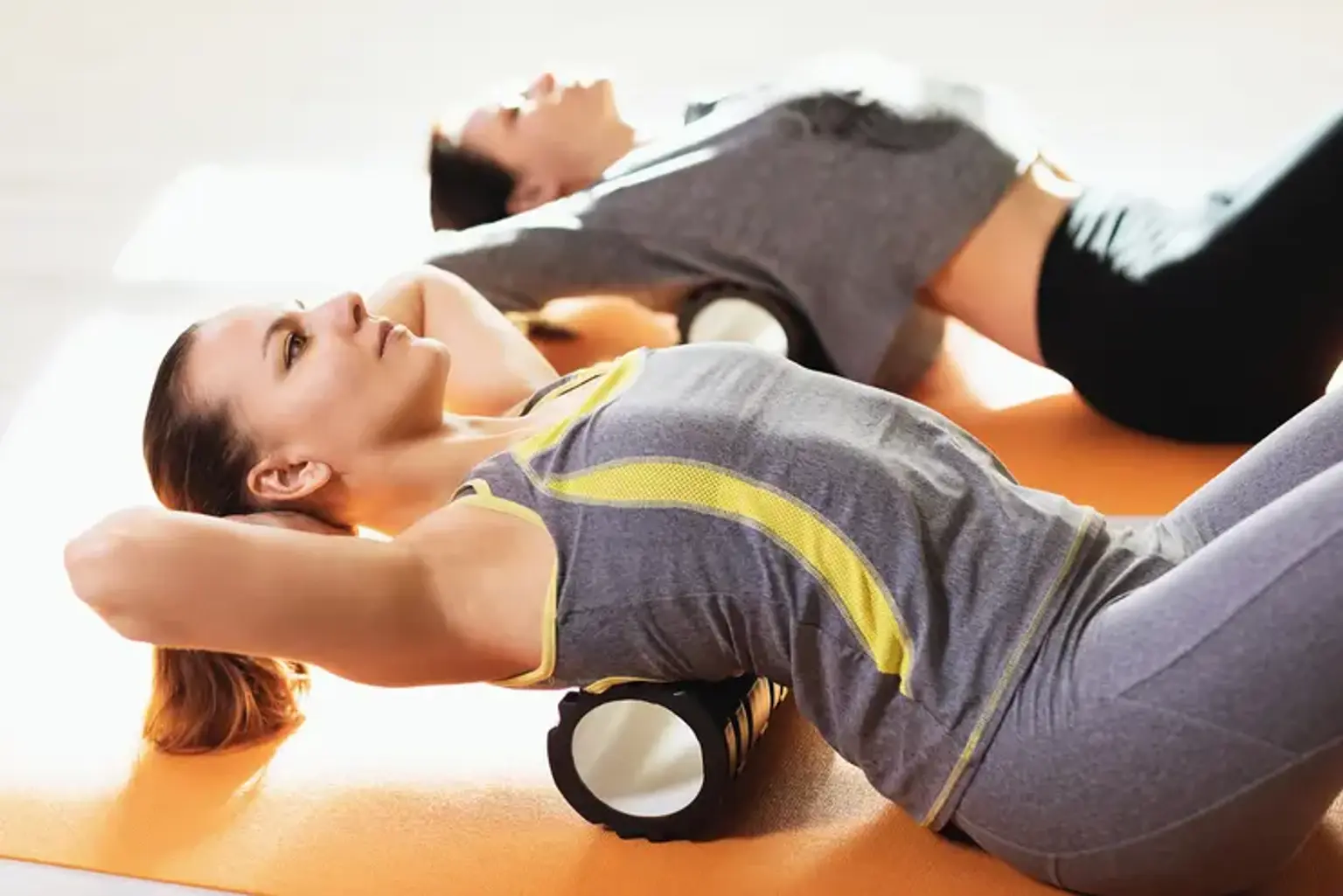Integrative manual therapy
Overview
Integrative Manual Therapy (IMT) is a diagnosis and treatment approach developed by Sharon Weiselfish-Giamatteo, PhD, PT in the early 1980s that is still improving today. Through non-invasive, light touch procedures, your body is permitted to access its extraordinary self-healing potential.
IMT diagnostic procedures are used to assess tissue motion and locate areas where normal motion is obstructed. One such method is myofascial mapping. As a result of mapping, a change in tissue motion will occur over the structure in dysfunction, and this change may be detected by the experienced touch of a trained physical therapist.
Mapping is a good diagnostic technique for the following reasons: Why you hurt is more important than where you hurt. Shoulder pain, for example, can have a variety of reasons.
